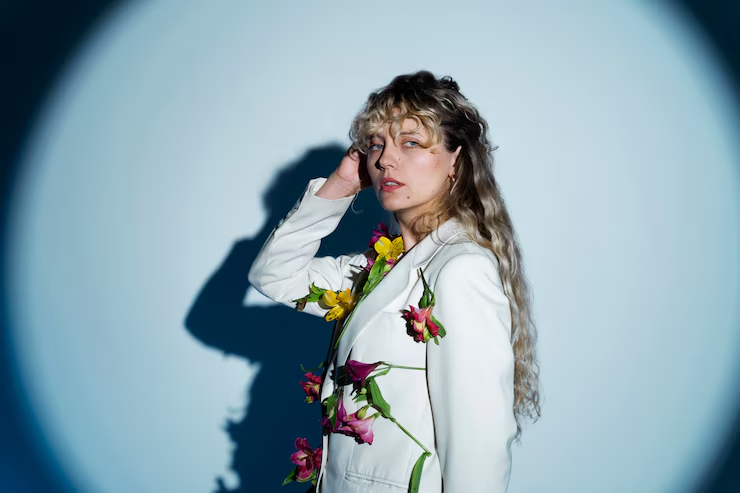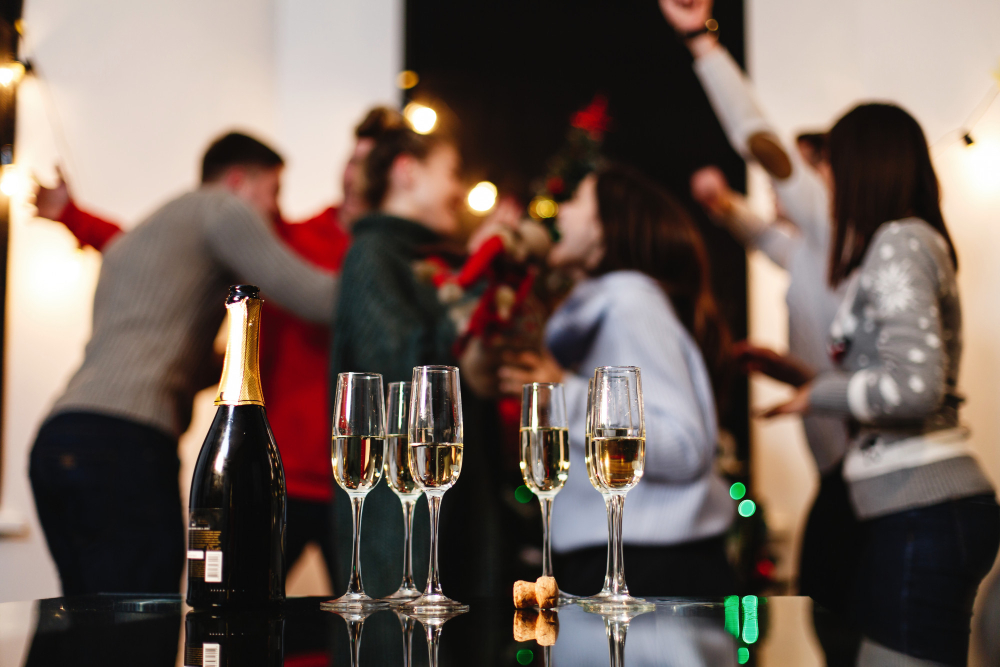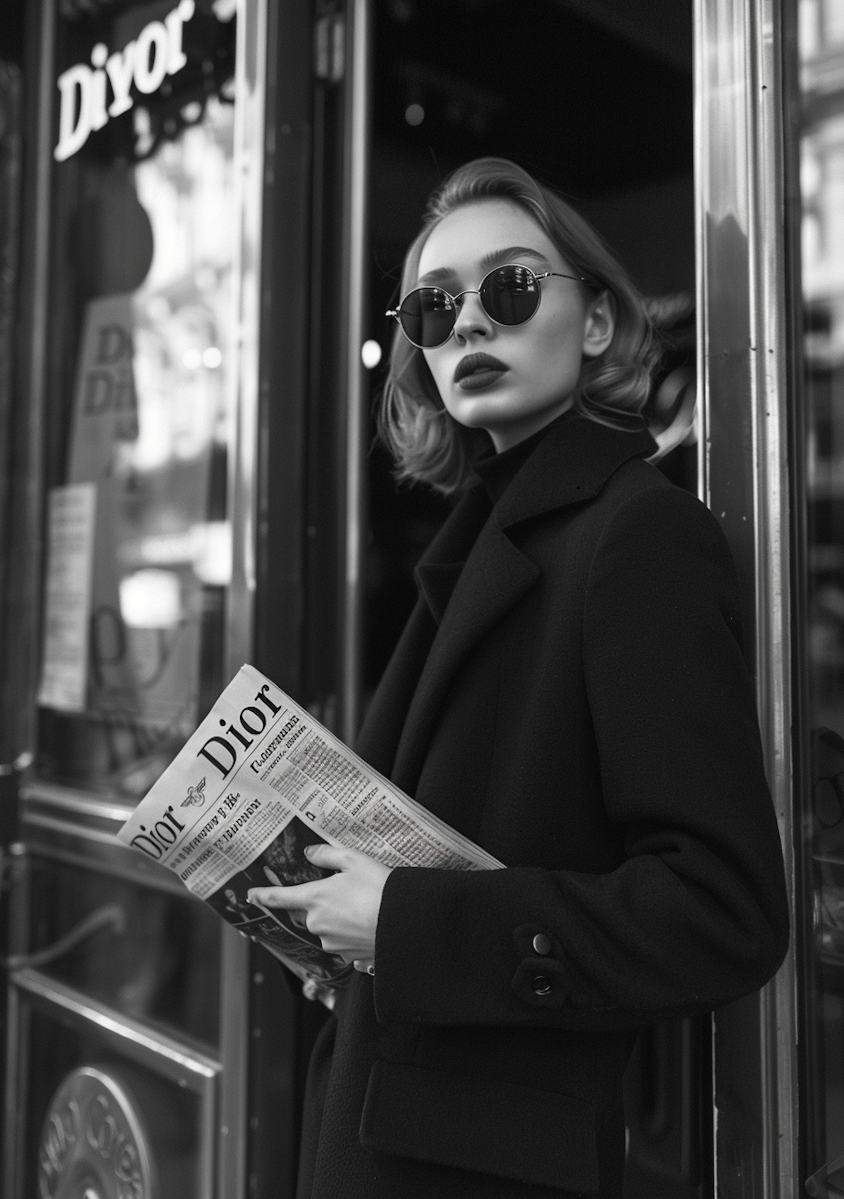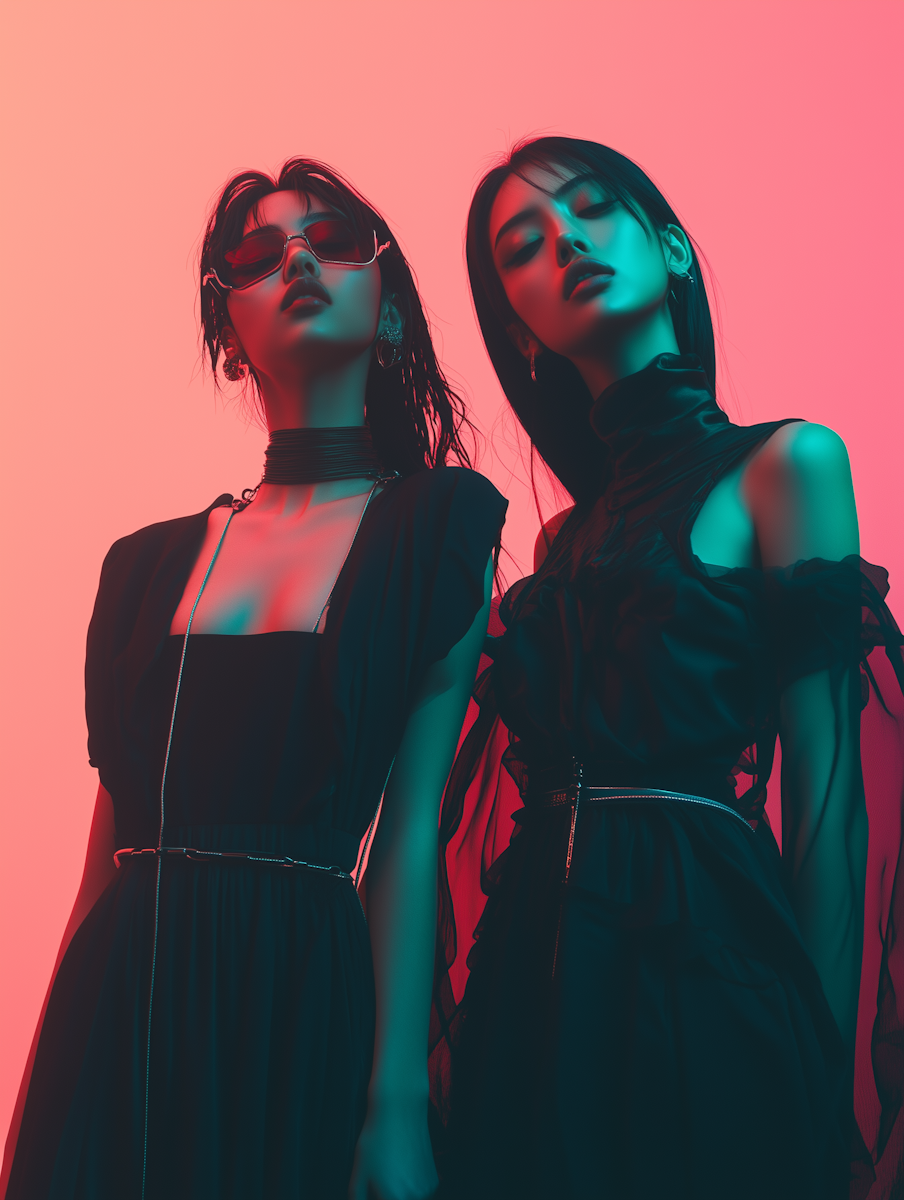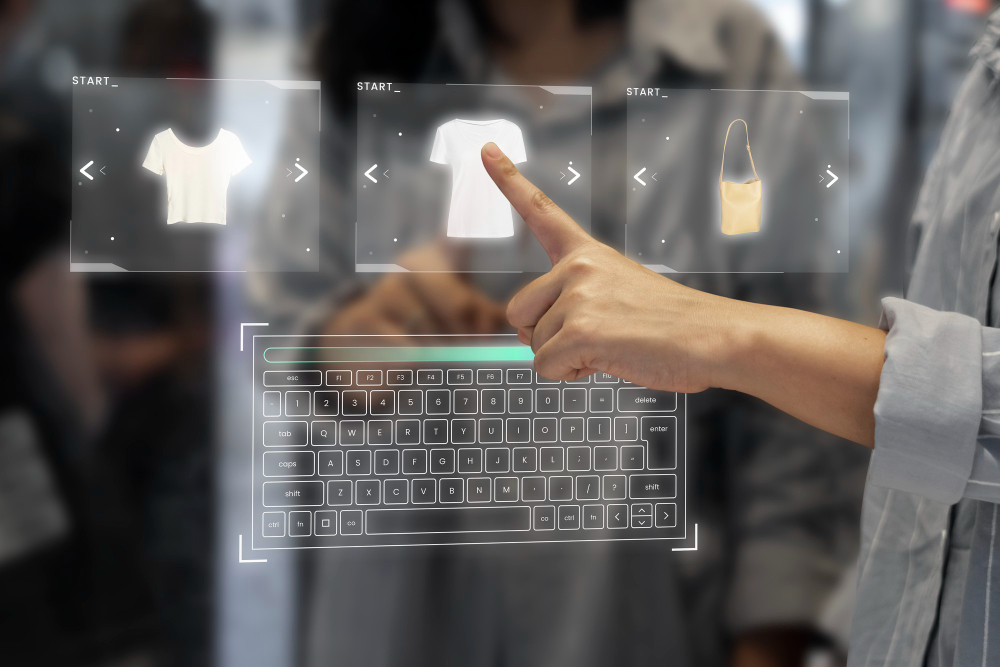Table of contents
Capture Style with Confidence: A Beginner’s Guide to Fashion Photography
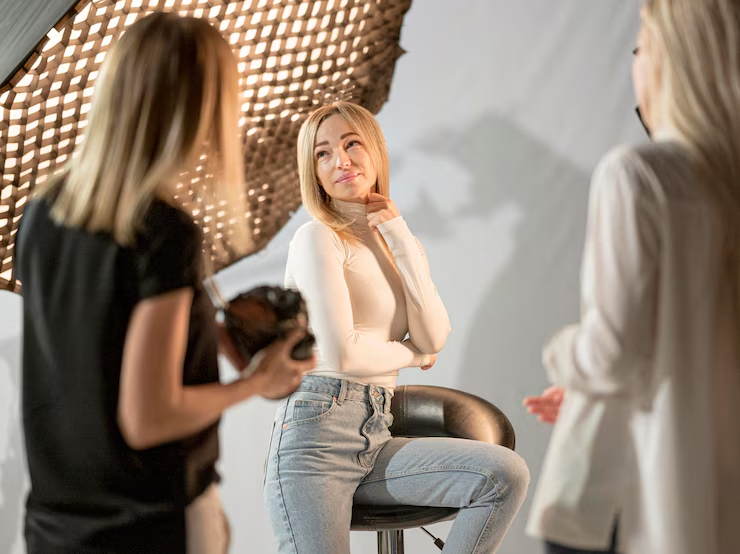
Fashion photography is more than just snapping a picture of stylish clothes—it’s about telling a story, highlighting textures, and capturing the personality behind a look. Whether you’re shooting for a blog, portfolio, or just for fun, having the right knowledge can transform your images from ordinary to extraordinary.
If you’re a beginner with a passion for fashion and photography, this guide is packed with essential Fashion Photography Tips to help you get started and grow your skills.
Why Fashion Photography Matters
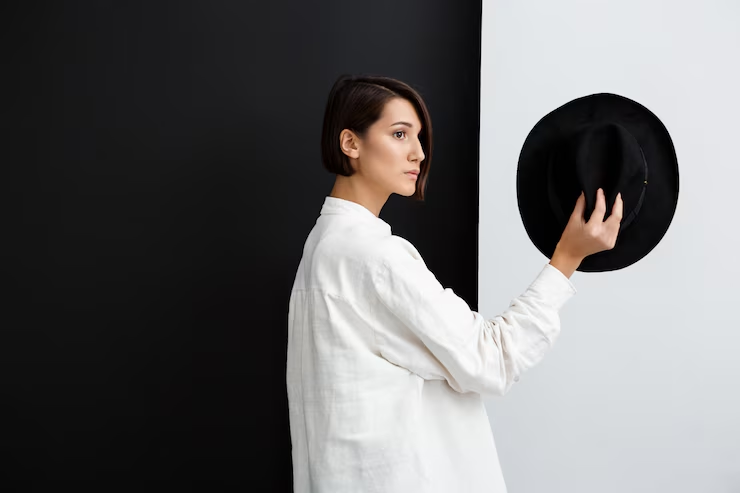
Fashion photography has long been a powerful tool in shaping trends, influencing culture, and expressing individual creativity. From high-end runway shots to street-style portraits, each image helps define a brand, a mood, or a movement. With social media platforms like Instagram and Pinterest driving fashion visibility, there’s never been a better time to dive into fashion photography—even as a beginner.
Essential Fashion Photography Tips for Beginners
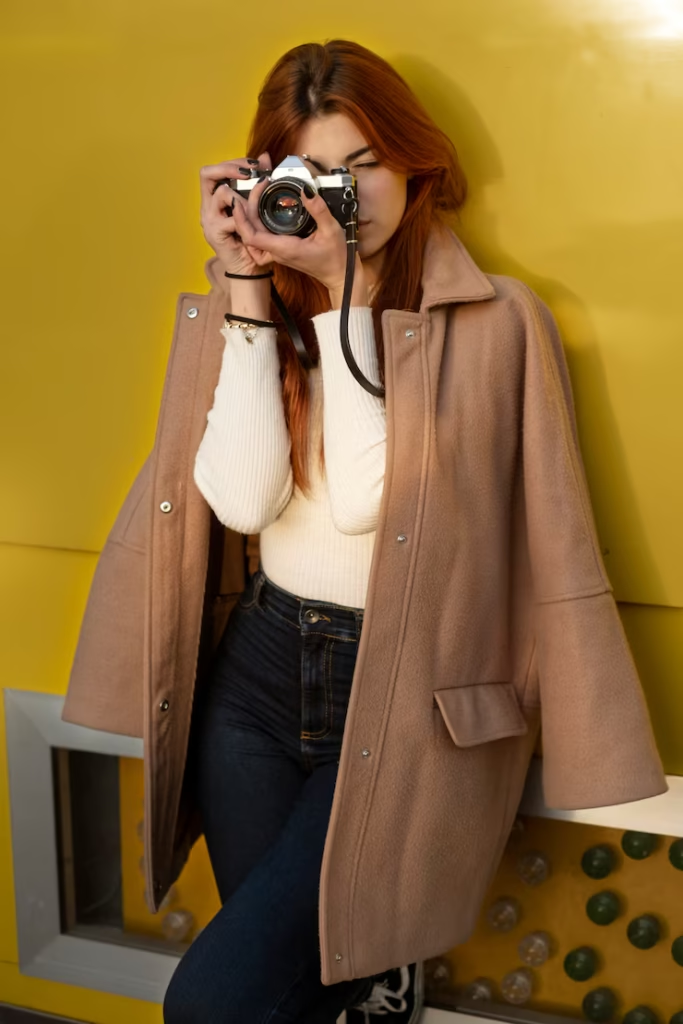
1. Understand the Story You Want to Tell
Before you even pick up the camera, decide on a theme or mood for your shoot. Is it bold and editorial? Soft and romantic? Streetwear with an edge? The best fashion photography communicates an idea or emotion.
Tip: Create a mood board using apps like Pinterest to visualize your shoot.
2. Choose the Right Lighting
Lighting can make or break a fashion photo. Natural light is perfect for beginners, especially during golden hour (the hour after sunrise or before sunset). If shooting indoors, softbox lights or ring lights offer flattering illumination.
Tip: Avoid harsh midday sun unless you’re intentionally going for high contrast.
3. Focus on Composition and Angles
Don’t just shoot straight on. Explore different perspectives—low angles can make a model appear more powerful, while side angles add depth. Use the rule of thirds to balance your subject within the frame.
Tip: Practice by taking multiple shots of the same pose from different angles.
4. Pay Attention to Wardrobe and Styling
As a fashion photographer, you’re showcasing the clothing and accessories just as much as the model. Make sure everything is clean, pressed, and styled to perfection. Even minor wrinkles or accessories out of place can be distracting.
Tip: Bring pins, clips, and a lint roller to every shoot.
5. Communicate with Your Model
Whether you’re working with a professional model or a friend, communication is key. Give clear directions, encourage natural movement, and help them feel comfortable. A relaxed model always results in better photos.
Tip: Show them sample shots mid-shoot to build confidence and adjust poses.
6. Use the Right Gear (But Don’t Overcomplicate)
While high-end cameras can enhance image quality, beginner fashion photography can start with a basic DSLR or even a smartphone with portrait mode. A 50mm lens is a great starting point for sharp, well-composed portraits.
Tip: Focus more on creativity and technique than on expensive equipment.
7. Edit Thoughtfully
Post-processing enhances your images, but don’t overdo it. Adjust lighting, contrast, and sharpness while preserving the natural look of the clothing and the model.
Tip: Use tools like Adobe Lightroom or mobile apps like Snapseed for easy editing.
Bonus Tips for Fashion Photography Success
- Scout unique locations like urban alleys, minimalist backdrops, or nature trails.
- Keep a checklist of must-have shots (full body, close-ups, detailed textures).
- Practice by recreating editorial looks from fashion magazines.
- Watch behind-the-scenes videos of fashion shoots to learn professional tricks.
- Experiment with black and white for dramatic, editorial flair.
Frequently Asked Questions (FAQs)
A: No. Many smartphones now have powerful cameras. While a DSLR or mirrorless camera offers more control, you can start learning composition, lighting, and posing with any decent camera.
A: A 50mm or 85mm prime lens is ideal for portraits and fashion shots. These lenses offer sharp focus and beautiful background blur (bokeh).
A: Start with friends or family. You can also collaborate with aspiring models through local Facebook groups, Instagram, or photography communities.
A: Shooting in RAW gives you more flexibility during editing, especially for adjusting exposure and color. JPEG is fine for beginners but switch to RAW as you gain confidence.
A: Location sets the mood and context for your shoot. While studio backdrops work, outdoor and urban environments often add a unique vibe and help your images stand out.
Final Thoughts
Getting started in fashion photography doesn’t require a studio or a designer wardrobe—just a creative eye, a little practice, and the willingness to learn. With these foundational Fashion Photography Tips, you’ll be well on your way to building a compelling portfolio that captures both style and emotion.
Remember, the key to great fashion photography is not just what you shoot, but how you see.

